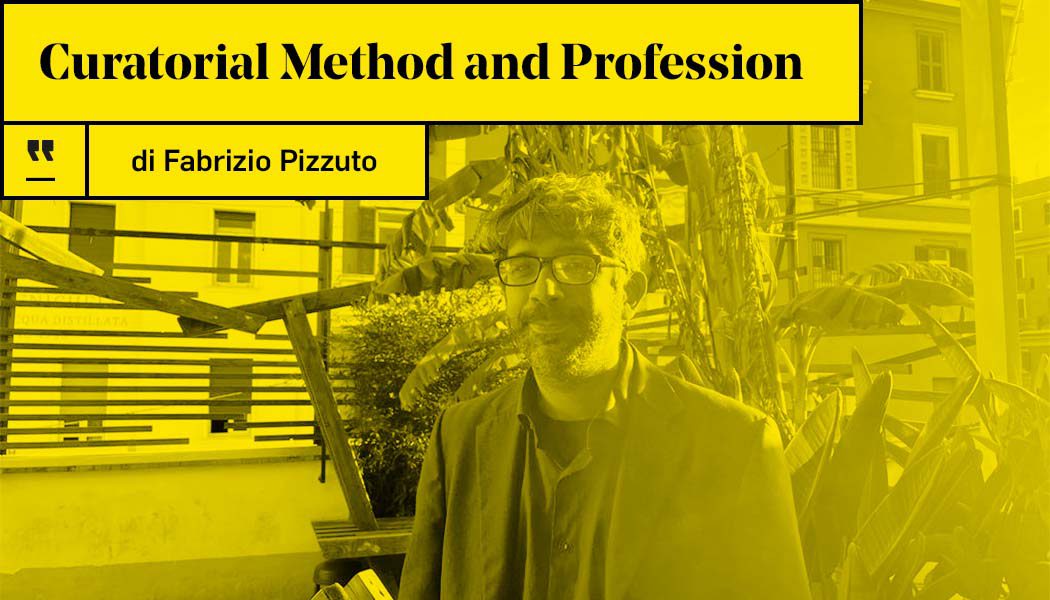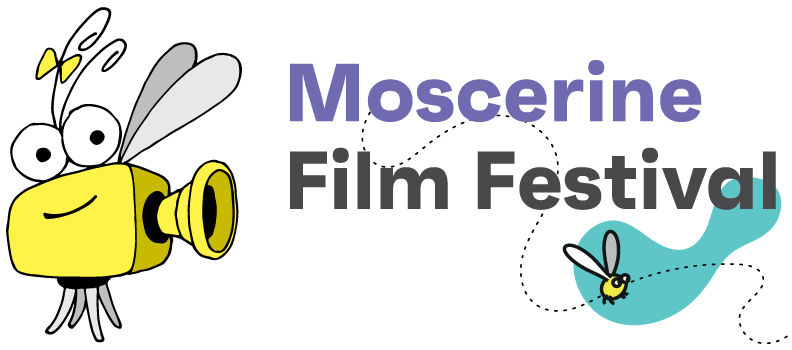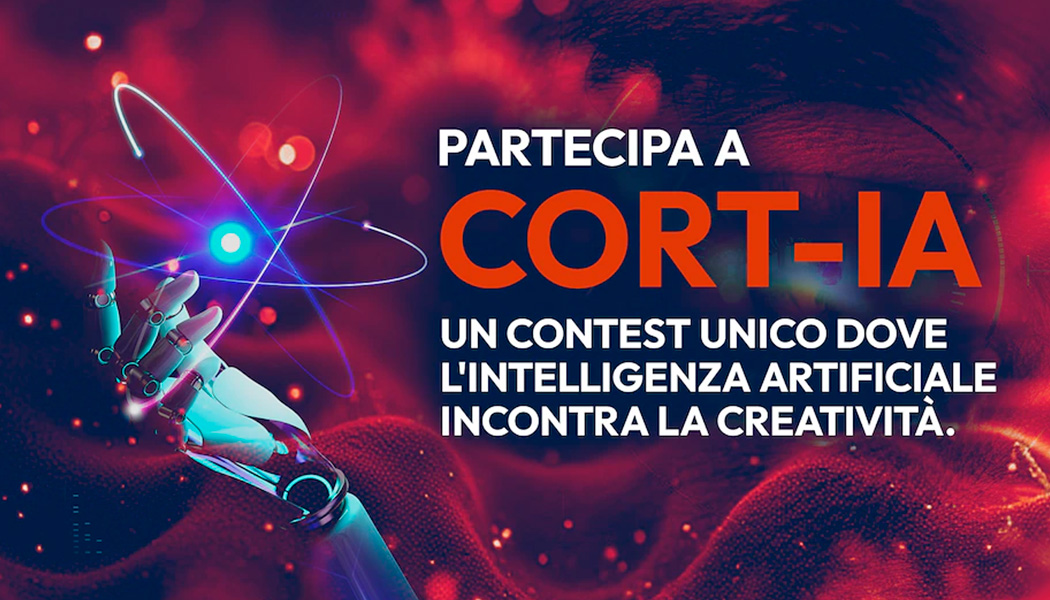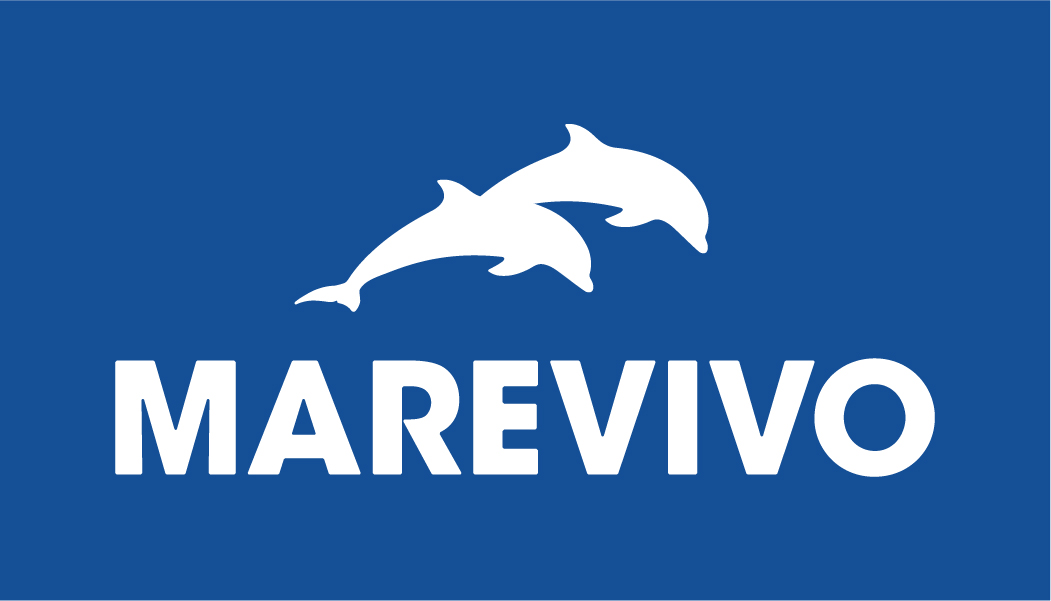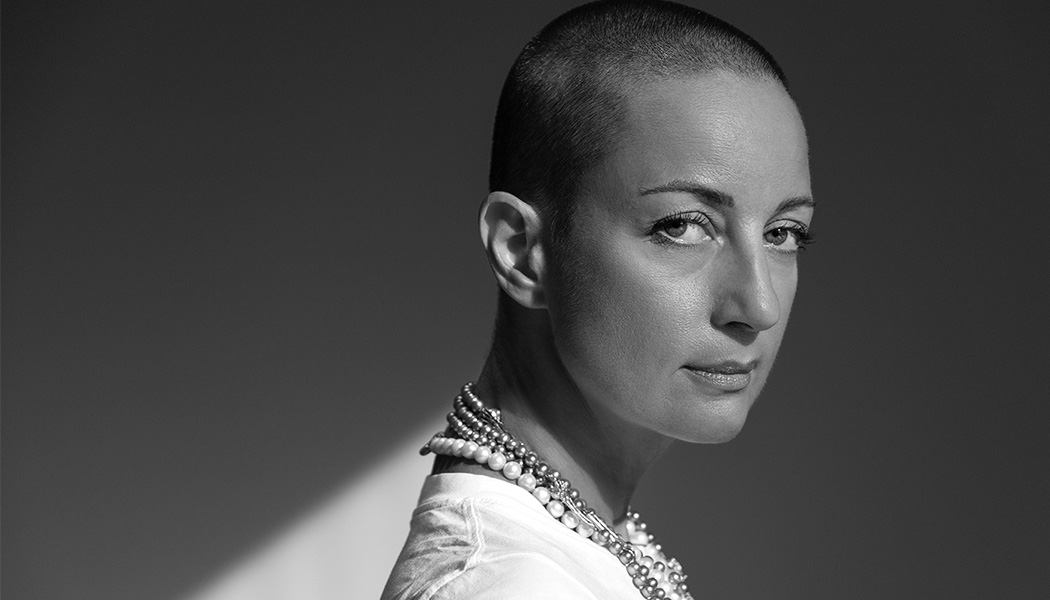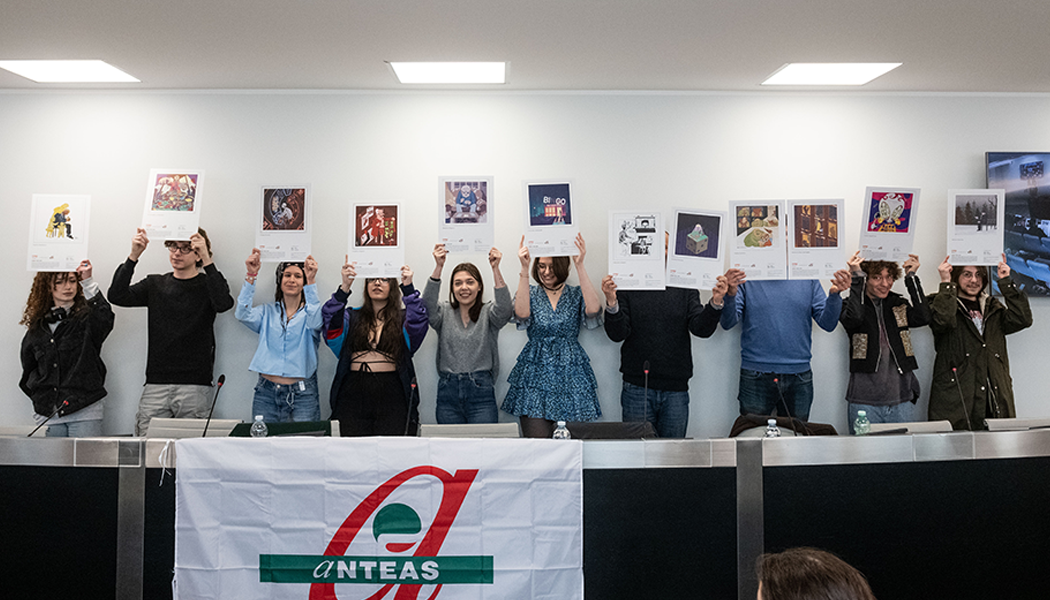by Fabrizio Pizzuto, coordinator and lecturer of the new Master in Art Curating and Art Management
We are here to design a new course of study in Art Curating and Art Management without prejudice, but with courage, starting from tentative definitions of each subject and each professor/professional identified. It implies talking to the most relevant players in Rome’s art scene – whether they are Italian or not – asking them the kind of questions they usually ask themselves, namely the meaning, the definition, no matter how subjective and fragmented it is, or even biased, relating to their own subject, to the living issues they constantly deal with. This in an inventive attempt to shape a container of informed speculations with prominent art professionals in this historical period.
The ultimate purpose is to create a ‘think piece’ of current times, thus finding an appropriate way and a space to develop the education proposal for Art Curating and Art Management. To do this, and to be grounded and solid, we must be ready to stand by our personality – while building a collective one, to challenge our own proposals, to engage in uncensored readings, to learn how to work with them, and to stage and put in play contemporary artworks.
In the most traditional courses pertaining to the contemporary art system, we often find as a starting point the revolutionary principles stated by Paul Durand Ruel, which were basically five. At that time, it was about generating new demand for a new audience, having its exclusive right, tracing a critical and thinking territory through the foundation of specialized journals, developing artists’ poetics through solo exhibitions, and finally generating a network of international relations. This was the basis conceived for the new generation of outcasts that were the Impressionists, on which recent art history was shaped. Leo Castelli and Peggy Guggenheim existed on these premises. History, however, twists and turns, and there are so many names we have to become familiar with in our course. And different names represent different methods, analytical skills, and working possibilities.
The key assumption is that an art management course can’t live without a deep understanding of visual thinking. To make a short story long, it is about the fine line between phenomenon and noumenon, between the understanding of what already exists and the creation of new aesthetic entities that are whole and traversable. It’s like learning music, hearing without listening is like seeing without a vision. There is an intuitive understanding that implies emotional implication, and there is also a technical understanding, which entails necessary questions: how does the artwork pursue this state of mind? What really happens to the composition and the space?
Knowing the distance of the stars does not destroy the magic of a starry night, but generates a new, infinite level of it, before which we are small and once again innocent and unconscious. In art, space, therefore, returns as an enacting stage, and words as artwork enactment.
Writing becomes an art in itself, born from literature and growing in tones, spacing, and punctuation, similar to supports in sculpture, until it becomes self-standing.
In this scenario, art criticism is surely generated from vision and writing but evolves into a precise and primary field.
A matter that changes over time towards and throughout visual arts, that iteratively moves, also visually speaking, from form to content, phenomenon to noumenon, gesture to texture, action to access. We can’t but mention the paradoxical idea of putting up for sale artworks, even if they are not objects. Idea that stemmed from a cultural situation and not yet pertaining to all audiences, despite drawing there its workforce. Artworks for enjoyment, artworks for history, artworks for museums, artworks for sale, they all belong to the same world but not to the same way of thinking, relating to the concept of ownership, the illegitimate parent of advertising and phenomenology.
One may wonder, then, what is this aspiration for a leap of glory, immortal essence, goal-driven hard work. A goal that can be found in the struggle (social and anti-social), which goes from the discovery of a language to the tale of a new class rising. Everything can already be here, closer than we thought, in plain sight, like Poe’s letters, in the ability to watch, in the sensitization of every willing spirit, in the writing of mental narratives that flow into critical thinking to reach not only the elitist visions and guilt complexes of art buyers, but also wherever one may feel orphaned of a visual thinking exertion connected to being in this world.
Fabrizio Pizzuto
Sicilian art critic, lecturer in Contemporary Art History and Art Management.
He specialized in Contemporary Art History at the School of Specialization in Siena, directed by Enrico Crispolti with a thesis developed after residency in Paris at the Cité des Arts for Incontri Internazionali d’arte in 2006.
He currently runs the non-conventional exhibition space and online platform for art criticism KHLAB of which he is co-creator and co-founder. He is curator and Art Dealer for Wepp Art s.r.l. He collaborates with the Nation 2.0 platform in Dubai (UAE).
He collaborates with Inside Art Magazine and Liquitex on artist residencies in Rome at the Fondamenta space.
He has curated and curated exhibitions and written texts for galleries and exhibition spaces in Italy and outside.
He lives and works in Rome.
